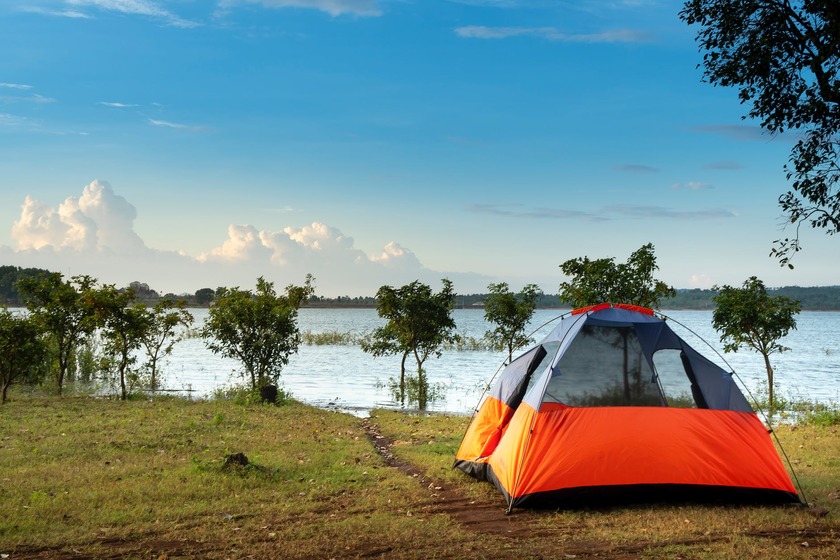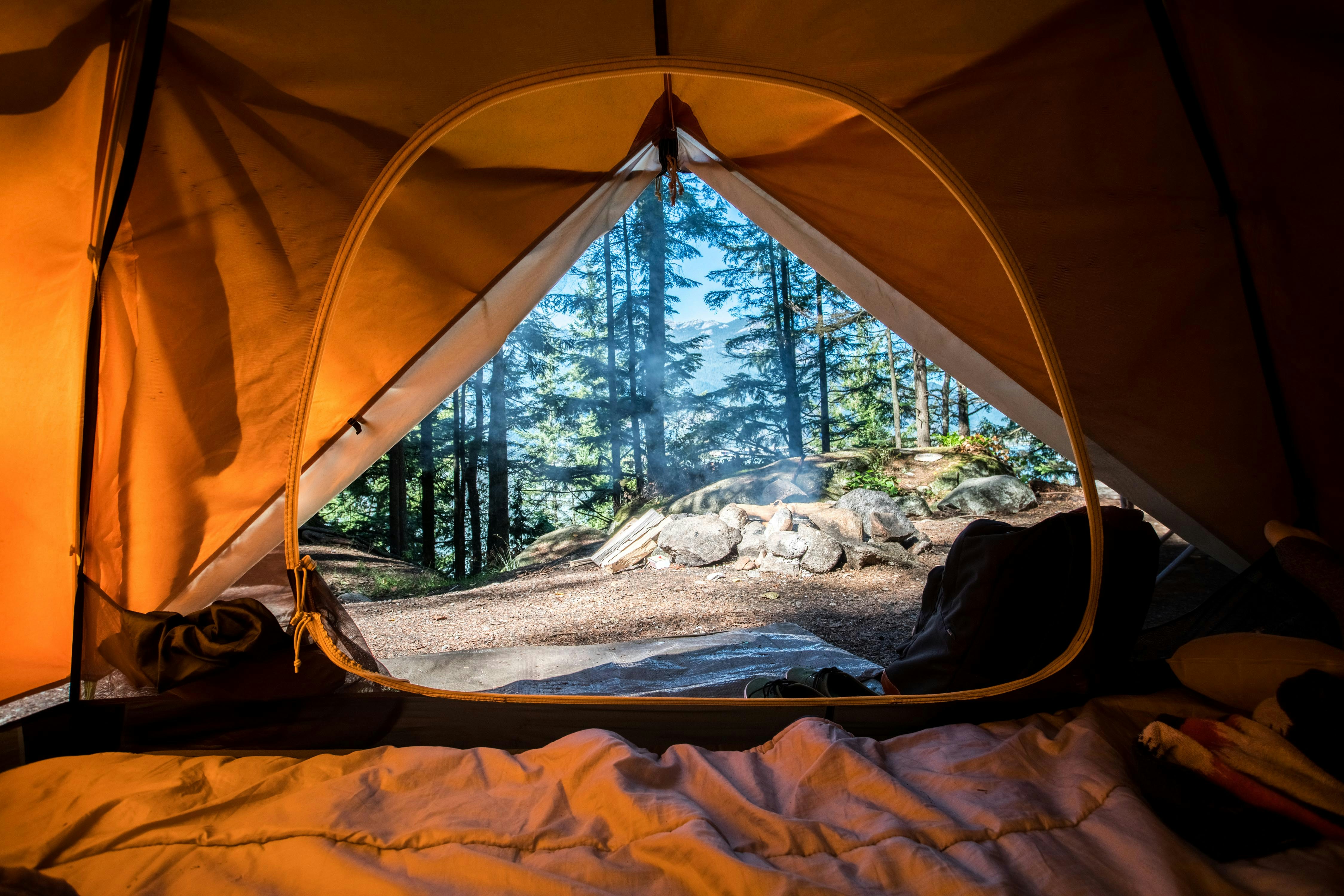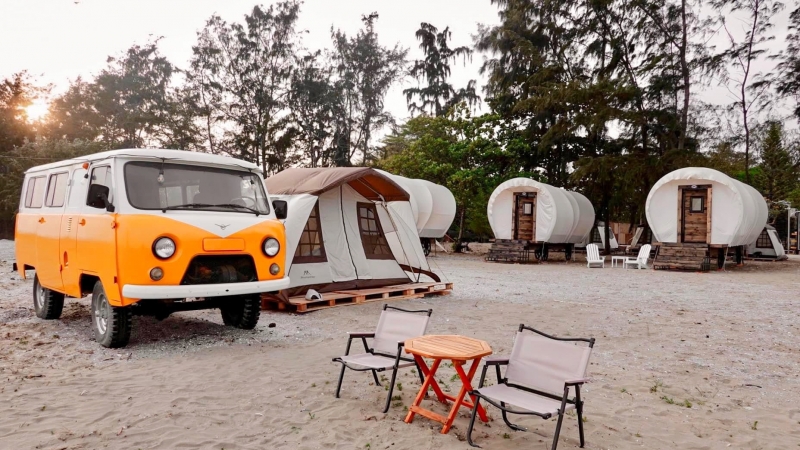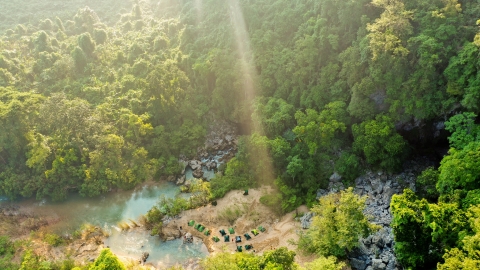Camphelp people connect with nature and explore new places. To create an environmentally friendly and responsible campsite, let's explore the tips below with Travellive to have a memorable experience trip.

An eco-friendly campsite is one that is designed and operated to minimize negative impacts on the environment.
The "leave no trace" principle when camping
Every camper should know about the “leave no trace” principle. These are common rules that people follow when camping, hiking, and enjoying other wilderness activities that help campers minimize their impact on the environment and preserve the natural beauty. The essence of the Leave No Trace concept is simple: your exploration should leave no lasting trace.

Any camper should know about the "leave no trace" principle.
Avoid moving and camping on sensitive areas such as moss, vegetation, or wooded areas. Take all trash away from the campsite, including organic waste. Use appropriate waste disposal methods such as landfill, incineration (if permitted), or sorting for recycling.
Taking these measures ensures that your presence actively contributes to the preservation of the natural beauty and function of the environment.
Choose sustainable camping gear
The type of equipment you bring to your campsite plays a key role in reducing your environmental footprint. For example, use eco-friendly and biodegradable products, toiletries and cleaning products that are naturally sourced to avoid polluting natural waterways.
Some specific sustainable camping gear to consider include tents, sleeping mats, and camping stoves. Tents made from recycled nylon or polyester are a good choice for environmentally conscious campers. They are durable and can withstand the elements, while also reducing waste. Sleeping bags made from recycled insulation keep you warm at night while also reducing waste. Camp stoves that run on biomass fuels like wood or alcohol are a better choice than fossil fuel camp stoves. Biomass stoves are more environmentally friendly and do not emit harmful emissions.

The type of gear you bring to your campsite plays a key role in reducing your environmental footprint.
Choose durable, reusable equipment, including plates, utensils, and food containers, to minimize waste and the need for constant replacement. Whether you’re on a long overland adventure or a weekend camping trip, you can bring portable equipment to keep your utensils and dishes clean. Choosing what you bring carefully can have a significant environmental benefit, especially in a commercial camping area.
Respect wildlife and nature
Camping allows you to observe and connect with the natural world, but you need to keep a safe distance from wildlife, helping animals maintain their natural behaviors and minimizing risks to their health.
Research the area you will be camping in before you go. This will help you know what wildlife you may encounter and how to interact with it safely.

When we go camping, we have the opportunity to immerse ourselves in nature and enjoy the beauty of the wild world.
Also, avoid damaging trees by not tying equipment to them, breaking branches, or stripping bark. That way, you can protect the integrity of your campsite for future visitors.
Use your new knowledge of how to create an eco-friendly campsite to have a more enjoyable, responsible outdoor adventure wherever you go. And be respectful of wildlife and the environment.




































